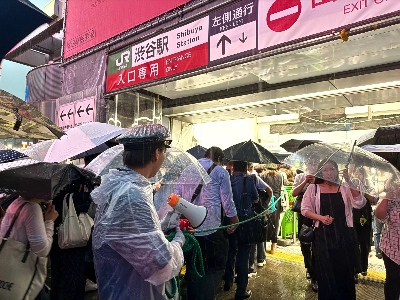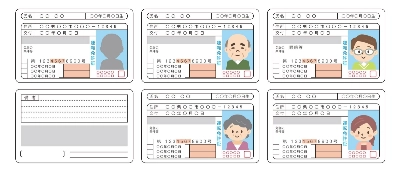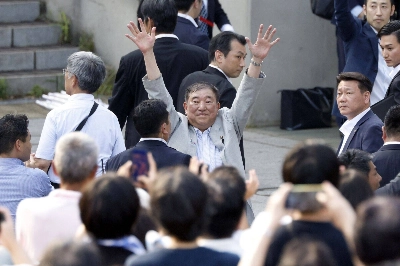Sri Lanka has descended into political crisis after President Maithripala Sirisena dismissed Prime Minister Ranil Wickremesinghe, claiming that he was involved in an assassination plot. He has been replaced by former President Mahinda Rajapaksa, who is trying to muster a parliamentary majority. Much rides on the outcome of this struggle: Wickremesinghe and Rajapaska have opposing views of Sri Lanka's geopolitical orientation.
Sirisena was elected president in January 2015, defeating Rajapaska, the incumbent who had held office for a decade. Sirisena was a former member of the ruling coalition. He broke with his ally, asserting that country was devolving into corrupt, "one-family" rule. After winning the January vote, he introduced reforms that focused on good governance and he and his supporters prevailed in a parliamentary vote later that year.
Sirisena appointed Wickremesinghe, who had served as prime minister before Rajapaksa took power in 2005, to his former post. His government promoted economic reform and the rule of law, along with national reconciliation following a bloody 25-year civil war against Tamil separatists that Rajapaksa had waged and won.


















With your current subscription plan you can comment on stories. However, before writing your first comment, please create a display name in the Profile section of your subscriber account page.